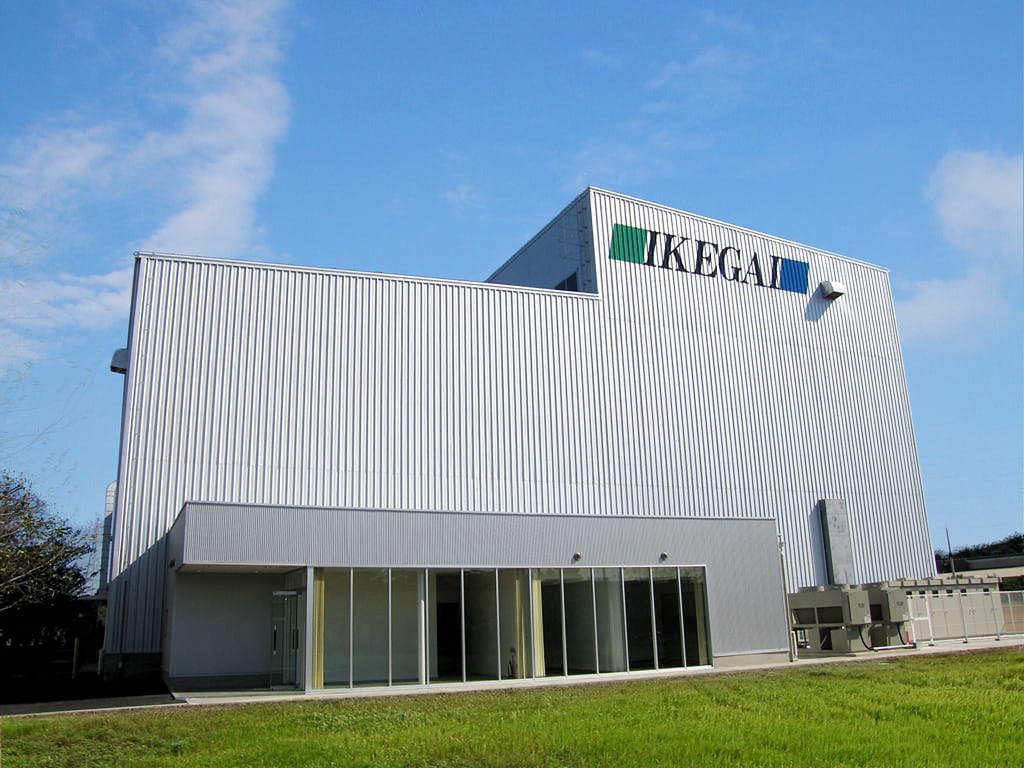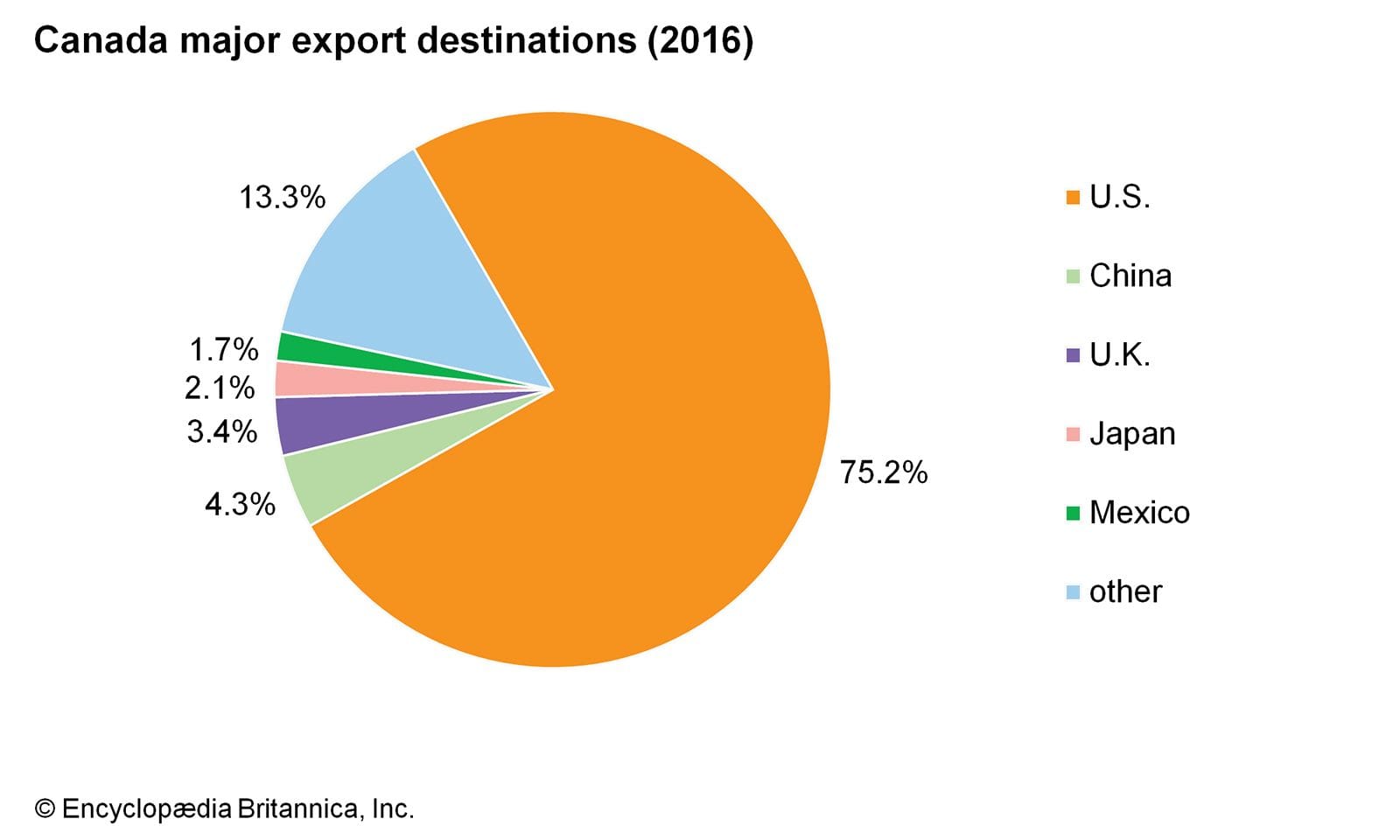China’s economy is set to achieve a growth rate of 5% in 2024, aligning with the government’s target for the year. This anticipated growth comes as a result of various factors, including a rebound in domestic consumption, increased government investment, and a recovery in global demand for Chinese goods and services. The achievement of this target is significant, especially considering the challenges that the Chinese economy has faced in recent years, including the lingering effects of the COVID-19 pandemic and ongoing geopolitical tensions.
The Chinese government has implemented a series of measures aimed at stimulating economic growth. These measures include fiscal policies designed to boost infrastructure spending and support key industries. Additionally, the government has focused on enhancing consumer confidence through various initiatives, which have encouraged spending among households. As a result, domestic consumption is expected to play a crucial role in driving economic growth in the coming year.
Moreover, the global economic landscape is showing signs of recovery, which is likely to benefit China’s export-driven economy. As international markets stabilize, demand for Chinese products is anticipated to increase, further contributing to the country’s GDP growth. Analysts have noted that the combination of domestic and international factors creates a favorable environment for achieving the 5% growth target.
In recent years, China has faced numerous challenges that have tested the resilience of its economy. The COVID-19 pandemic had a profound impact, leading to disruptions in supply chains and a decline in consumer spending. However, the government’s swift response, including lockdown measures and economic stimulus packages, has helped to mitigate some of the adverse effects. As the country emerges from the pandemic, the focus has shifted towards sustainable growth and long-term economic stability.
The 5% growth target for 2024 is also reflective of the government’s broader economic strategy, which emphasizes quality over quantity. Policymakers are increasingly prioritizing sustainable development, innovation, and technological advancement as key drivers of economic growth. This shift in focus aims to create a more balanced and resilient economy that can withstand external shocks and uncertainties.
Furthermore, the Chinese government is keenly aware of the importance of maintaining social stability during this period of economic transition. As such, efforts are being made to ensure that economic growth translates into tangible benefits for the population. This includes initiatives aimed at reducing poverty, improving living standards, and enhancing access to education and healthcare.
In addition to domestic factors, external influences are also shaping China’s economic outlook. Geopolitical tensions, particularly with major trading partners, pose potential risks to economic growth. Trade relations with the United States and other countries have been strained in recent years, leading to uncertainties in the global market. However, analysts remain optimistic that China can navigate these challenges and continue to achieve its growth targets.
As the year progresses, the Chinese government will closely monitor economic indicators to ensure that the 5% growth target is met. This includes tracking consumer spending, industrial production, and export performance. Policymakers are prepared to adjust their strategies as needed to respond to changing economic conditions, demonstrating a commitment to maintaining stability and growth.
In conclusion, China’s projected GDP growth of 5% for 2024 reflects a combination of domestic consumption, government investment, and a recovering global economy. While challenges remain, the government’s proactive measures and focus on sustainable development position the country to achieve its growth target. As China continues to adapt to a rapidly changing economic landscape, the emphasis on resilience and stability will be crucial in navigating the complexities of the global economy.



